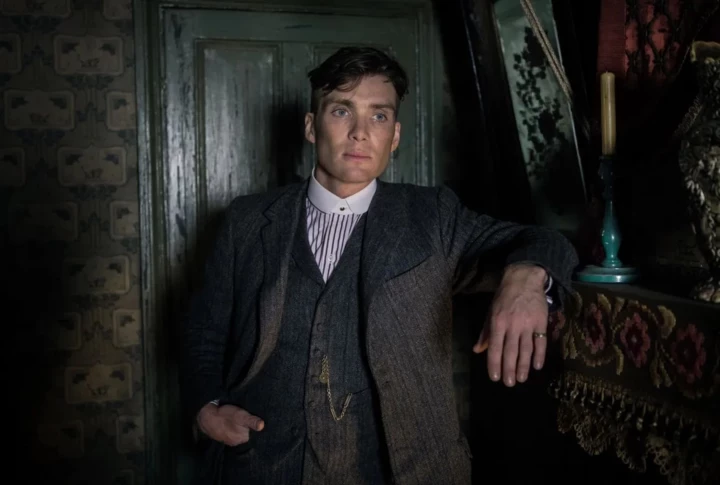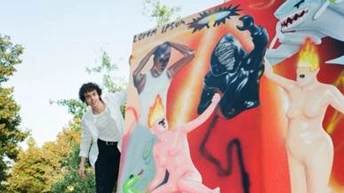
Save this storySave this storySave this storySave this story
Watch “Compton’s 22.”
When Drew de Pinto first learned about the Compton’s Cafeteria riot—in which a diner in San Francisco’s Tenderloin district erupted in fighting between a group of trans women and the police—the filmmaker was immediately intrigued. The history of that uprising had been largely lost and forgotten. Drawing on the work of the historian Susan Stryker, and on archival material from the G.L.B.T. Historical Society, de Pinto dived into the history, and was able to access a trove of VHS tapes of oral-history interviews with participants in the riot. In their film “Compton’s 22,” that footage provides both a window to the past and a source of inspiration for a new generation. We see young trans people responding to the story of the riot, drawing connections to their own communities, and taking comfort in seeing that the women in the interviews were able to survive, grow old, and reminisce. De Pinto worked on the project during a period of intensifying anti-trans legislation and rhetoric—which continues—but the film itself is an act of hope. De Pinto said that, in tough times, they found it comforting to look to history, for a reminder that liberation always comes from struggle. “Actively working to understand ourselves as one piece of a movement that long precedes us and will long outlive us helps us to learn from each other, and ultimately to be more effective and imaginative agents of historical change,” they said. De Pinto hopes that viewers of “Compton’s 22” will come away with a simple feeling: “We can do this.”
Sourse: newyorker.com






